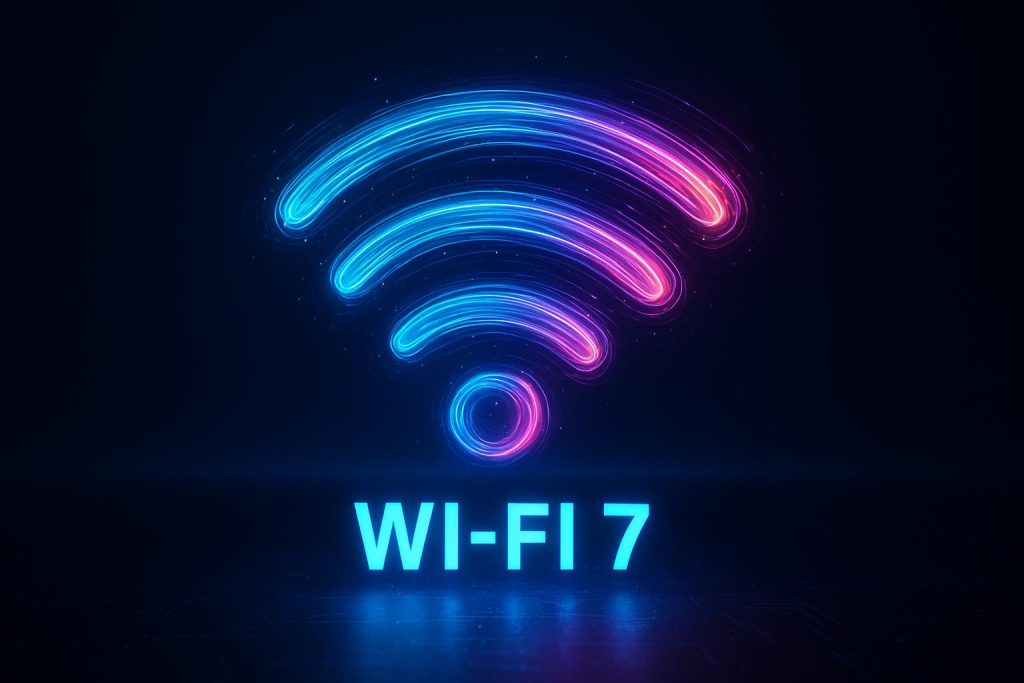Listen to the article
Taiwanese broadband provider Kbro Broadband leverages international partnerships and cutting-edge technology at the SCTE Cable-Tec Expo to fast-track the rollout of next-generation network infrastructure, including DOCSIS 4.0, Wi-Fi 7, and virtualised platforms, aiming to meet rising high-bandwidth demands.
At the recent SCTE Cable-Tec Expo held from September 29 to October 1 in Washington, D.C., one of North America’s largest annual telecom and broadband technology exhibitions, Taiwanese broadband provider凱擘大寬頻 (Kbro Broadband) actively engaged with international technology partners to accelerate the upgrade of its network infrastructure. The event gathers global operators, equipment manufacturers, and system service providers to showcase and discuss the latest technological innovations aimed at enhancing broadband services.
Kbro Broadband’s engineering and technical teams visited the expo to explore advancements and foster collaboration critical to future-proofing their broadband network. Central to their discussions was the adoption of DOCSIS 4.0 technology with Taiwanese technology partner Chunghwa Lianqi Technology (仲琦科技). Compared to the prevalent DOCSIS 3.1, DOCSIS 4.0 offers significantly increased upstream and downstream speeds and greater network capacity. It enables a gradual upgrade path using existing cable TV infrastructure, providing a practical pathway to rapidly enhance network performance and meet rising data demands. In addition, the company is incorporating the latest Wi-Fi 7 standard, which supports ultra-wide 320 MHz channels and multi-link operation (MLO) across multiple bands. This reduces latency and increases stability, making it especially suitable for applications such as VR/AR, high-resolution video streaming, and large-scale Internet of Things (IoT) connectivity, ultimately delivering a smoother digital experience for subscribers.
Kbro Broadband’s Vice President of Technology, Mr Li Bohkai, emphasised the importance of their longstanding partnership with Chunghwa Lianqi. Speaking about their engagement at SCTE, he noted the significance of continuing technical exchanges and exploring new collaborative opportunities to support high-bandwidth demand solutions. Reflecting this collaborative spirit, Greg Fisher, President and CTO of Chunghwa Lianqi’s U.S. subsidiary, expressed pride in deepening their cooperation with Kbro Broadband, highlighting the latter’s market leadership and tech integration capabilities as key drivers for accelerating next-generation broadband rollout in Taiwan.
In a strategic move to further modernise its network, Kbro Broadband also signed an agreement with international technology leader Harmonic to deploy Harmonic’s cOS™ virtualised broadband platform. This shift from traditional hardware-centric deployments to a virtualised software platform significantly reduces the number of physical devices and lowers power consumption, contributing to both operational efficiency and carbon footprint reduction. The integration of Harmonic’s cOS Central cloud platform with AI-enabled streaming telemetry provides dynamic bandwidth usage analysis and proactive network status monitoring—features designed to ensure optimal service quality and network reliability.
Harmonic’s CEO, Nimrod Ben-Natan, expressed enthusiasm about the partnership and emphasised how their cOS platform and edge devices offer a unified, multifunctional solution capable of delivering fibre-grade multi-gigabit connectivity. The deployment of Harmonic’s platform and DOCSIS 4.0 technology reflects a broader industry trend towards virtualisation and automation, addressing the growing demand for high-speed, dependable broadband services under increasingly competitive and budget-conscious conditions.
The significance of DOCSIS 4.0 as a transformative technology for cable networks was underscored by Harmonic and U.S. operator Mediacom Communications, who previously achieved a major milestone by deploying DOCSIS 4.0 in a live network environment. This demonstrated the technology’s practical applicability beyond laboratory testing, delivering symmetric multi-gigabit speeds and extended spectrum capabilities that enable enhanced upstream performance—features critical for service providers aiming to maintain a competitive edge and cope with the bandwidth demands of modern connected devices and applications.
Collectively, these developments illustrate how Kbro Broadband is leveraging cutting-edge technologies and international partnerships to advance Taiwan’s broadband capabilities. Their commitment to integrating DOCSIS 4.0, Wi-Fi 7, and virtualised network platforms points towards a future where users will experience faster, more reliable, and smarter digital services, accommodating emerging applications and driving the next wave of broadband innovation.
📌 Reference Map:
Source: Noah Wire Services



